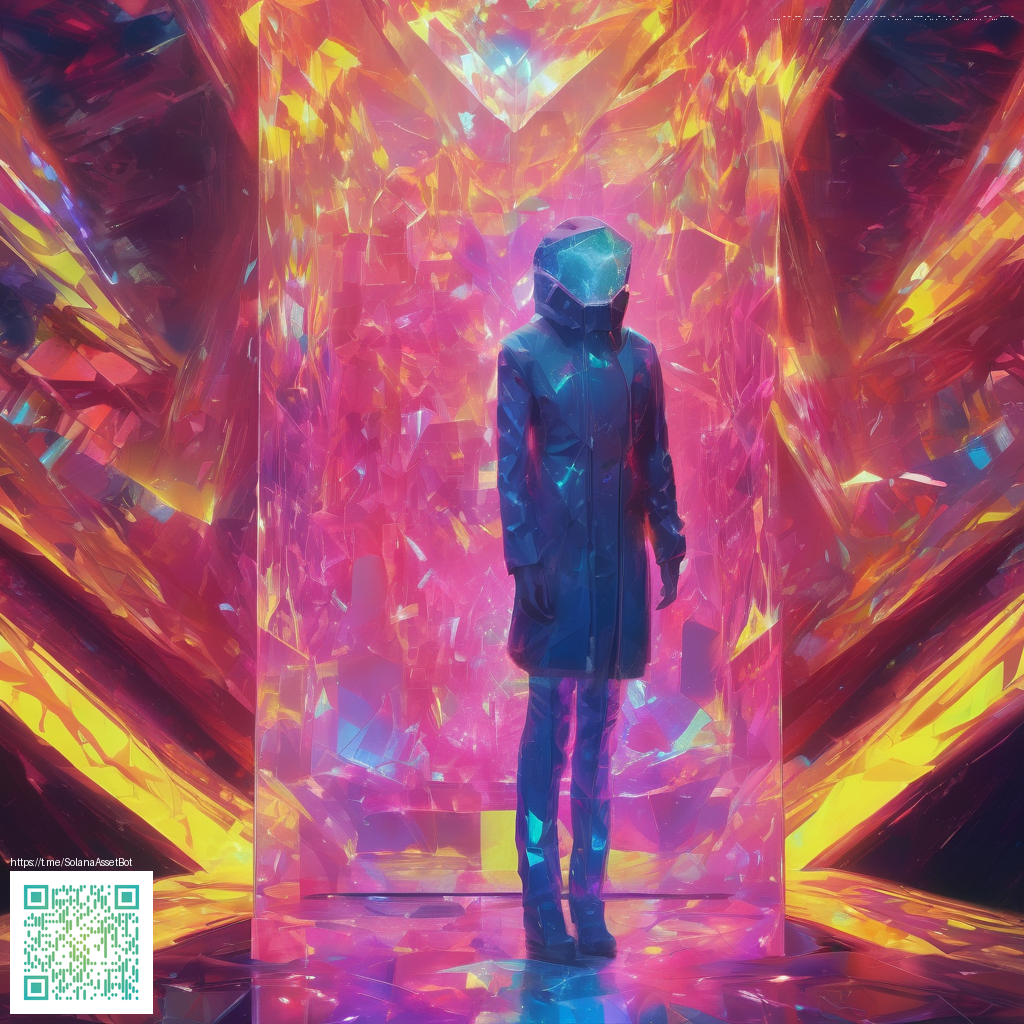
Using Creativity Frameworks in Product Thinking
Product thinking thrives at the intersection of imagination and method. Creativity frameworks turn ambiguous ideas into repeatable patterns, guiding teams from raw insights to practical, valuable outcomes. When you apply these frameworks to everyday product challenges—like designing a lightweight, secure, MagSafe-compatible phone case with a card holder—you gain a compass for prioritization, trade-offs, and iteration. The result isn’t chaos dressed in clever slogans; it’s a disciplined flow that blends inspiration with evidence, so every decision feels purposeful and defendable. 🚀💡
Design Thinking as a Compass
Design thinking keeps people at the center of every decision. It invites teams to empathize with users, reframe problems, ideate boldly, prototype quickly, and test frequently. The five stages aren’t rigid milestones; they’re a living loop that repeats as new data arrives. In practice, you might map the user journey for a card-holder phone case—from grabbing the device in a rush to pulling out a card without sacrificing one-handed usability—and identify moments where friction emerges. That empathy-driven lens often reveals unspoken needs: a desire for a slim profile, reliable magnetic alignment, and a sense that your product respects the user’s daily rhythm. 😊
SCAMPER and Other Ideation Tools
SCAMPER prompts teams to Substitutes, Combine, Adapt, Modify, Put to another use, Eliminate, and Reorder. It’s a light-touch, practical engine for ideation that avoids paralysis by analysis. For a MagSafe-compatible case with a card holder, SCAMPER can lead to concrete explorations: substituting a bulky wallet slot with a more secure, minimalist pocket; combining magnetic alignment with card shielding for better reliability; adapting materials to improve grip and heat dispersion; or modifying port access so wireless charging remains seamless. The upshot is a curated set of small, testable changes that collectively elevate the product without diluting its essence. 🧠✨
Jobs-To-Be-Done: The Real North Star
JTBD reframes conversations around the outcomes customers seek. Instead of asking, “What features should we add?” teams ask, “What job is the customer trying to accomplish, and when does it matter most?” For a phone case with a card holder, the jobs might include protecting the device while staying organized on the go, ensuring quick access to essential cards, and maintaining a sleek, pocket-friendly footprint. Examining contexts—commuting, travel, or a busy street market—helps reveal success criteria that aren’t always obvious from feature lists alone. When teams align around these jobs, roadmaps emerge with clarity and purpose. 🛫🏙️
TRIZ and Lateral Thinking: Breaking Patterned Constraints
TRIZ teaches that many problems follow familiar patterns, and inventive principles exist to overcome them without sacrificing core benefits. Pairing TRIZ with lateral thinking invites you to challenge assumptions about a product’s constraints. Imagine a modular approach: interchangeable components that let users customize card configurations, or a case design that doubles as a compact stand for hands-free use. These directions push teams to explore non-obvious solutions, turning perceived constraints into opportunities for meaningful differentiation. The goal is to move beyond simple trade-offs and toward elegant, practical breakthroughs. 🧩🌀
From Insight to Action: Building a Lightweight Roadmap
The true value of creativity frameworks lies in translating insight into action. A practical rhythm is to identify 2–3 high-impact ideas per quarter, validate them with inexpensive prototypes, and measure outcomes in terms of user value and business impact. This approach keeps momentum strong while reducing risk. For the case in point, you might explore a slimmer profile that still accommodates essential cards, or test a magnetic feature refinement that improves both usability and charging reliability. The aim is to keep experiments small, fast, and decision-driven so learning accelerates progress. 🚀👍
“Creativity in product thinking isn’t about grand epiphanies; it’s about disciplined curiosity that yields repeatable improvements.”
Applied thoughtfully, creativity frameworks foster a culture where insight leads to tested ideas, and tested ideas become reliable releases. The Phone Case with Card Holder MagSafe Compatible serves as a tangible example: constraints can guide design toward a solution that feels inevitable in hindsight, rather than an afterthought. If you’re exploring practical examples and want a concrete reference, you can follow the Shopify product page for this item to see how careful framing and user-centered design translate into a real-world product. The page offers a concrete anchor for the concepts discussed here, grounding ideas in tangible outcomes. 💡🛍️
Practical quick-start for teams
- Start with empathy—interviews and observation reveal real jobs-to-be-done. 🗣️
- Choose a framework—design thinking for user-centered discovery, JTBD for outcomes, or SCAMPER for structured ideation. 🧭
- Prototype fast—low-cost, tangible experiments that answer critical questions. 🧪
- Measure impact—tie experiments to user value and business metrics. 📈
In practice, you don’t need a giant toolkit to start. A few focused prompts, a quick prototype, and a clear hypothesis can unlock meaningful improvements. The beauty of these frameworks is their flexibility: you can mix and match according to the problem at hand, the team’s strengths, and the user context. The result is a product thinking flow that feels both creative and reliable, delivering value without sacrificing speed. 🏁✨
Similar Content
Reference page: https://horror-stories.zero-static.xyz/2a027bf0.html